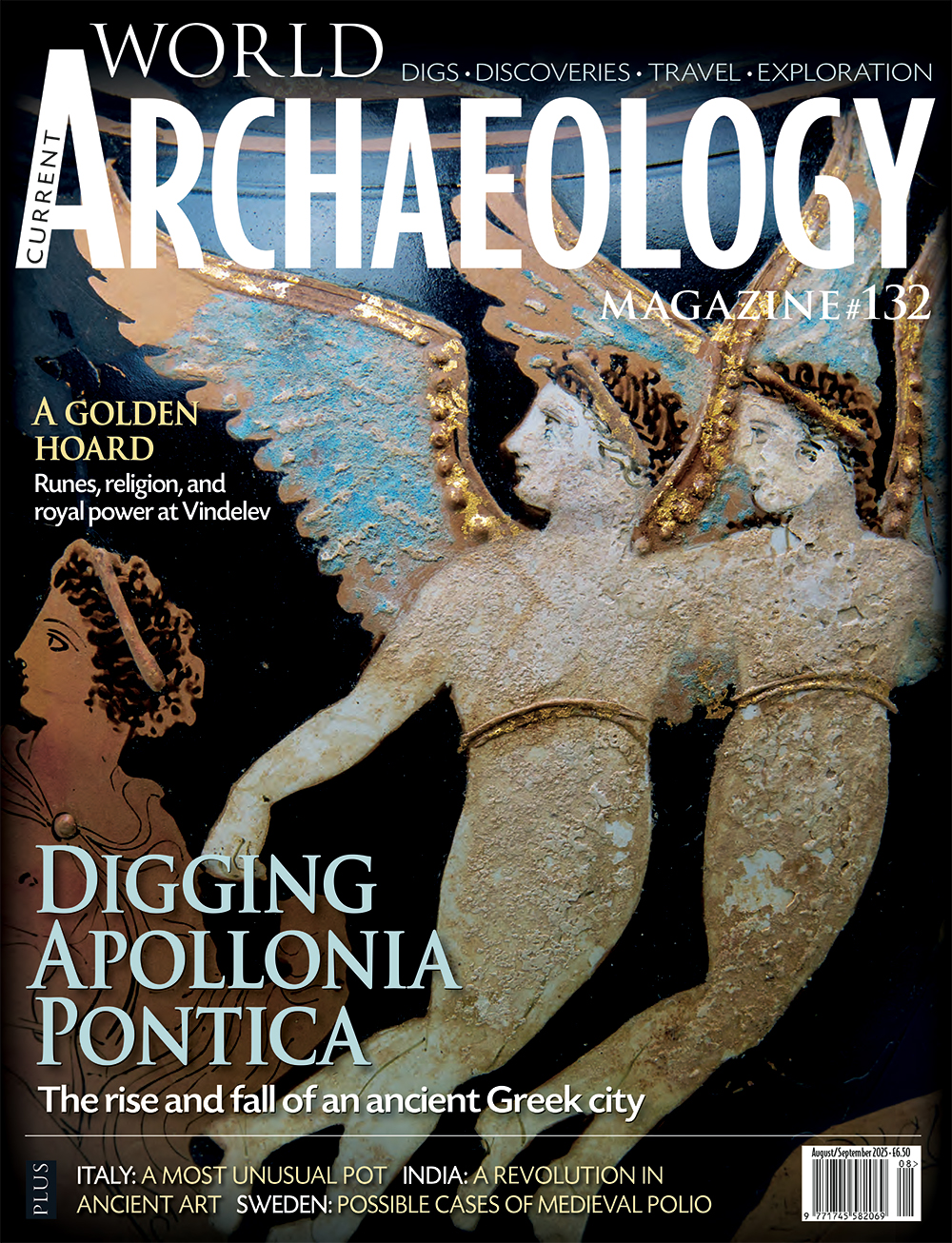Apollonia Pontica was once a welcome refuge for mariners navigating a notoriously treacherous stretch of the Black Sea coast. Tradition has it that this ancient city was founded by Greek settlers from Miletus in 610 BC, but excavations at the site are now pointing to an earlier foundation date. Archaeological work has also revealed the location of a major sanctuary, and is shedding fascinating new light on the ebb and flow of the city’s fortunes. We take a look at how archaeology is delivering a sea change in our knowledge of this key coastal settlement.
Revolution was also afoot in India during the period from 200 BC to AD 600, this time in the sphere of devotional artwork. It was during this era that sculptures associated with Buddhism, Hinduism, and Jainism first began to show gods and enlightened beings in human form. This broadening of the repertoire drew liberally on an existing tradition associated with popular and powerful deities in India: nature spirits. The result is a fascinating tale of adoption and adaptation.
In Sweden, the excavation of three individuals buried in different cemeteries has prompted questions about the incidence of polio during the medieval period. Could it be that those laid to rest in these graves had contracted this dangerous disease? Examining the impacts of polio presents poignant indications of cases stretching far back in time.
Exploring farmland near Vindelev revealed an extraordinary golden hoard. Its contents include a candidate for the earliest depiction of Odin, and cumulatively speak volumes about royal power and the cultural influences at work in the region during the twilight of the Western Roman Empire.
Finally, in our travel section, Richard Hodges takes a close look at a pot from the Benedictine monastery of San Vincenzo al Volturno, in Italy. This vessel bears both text and a curious assortment of images, raising questions about its role within the monastic community.

